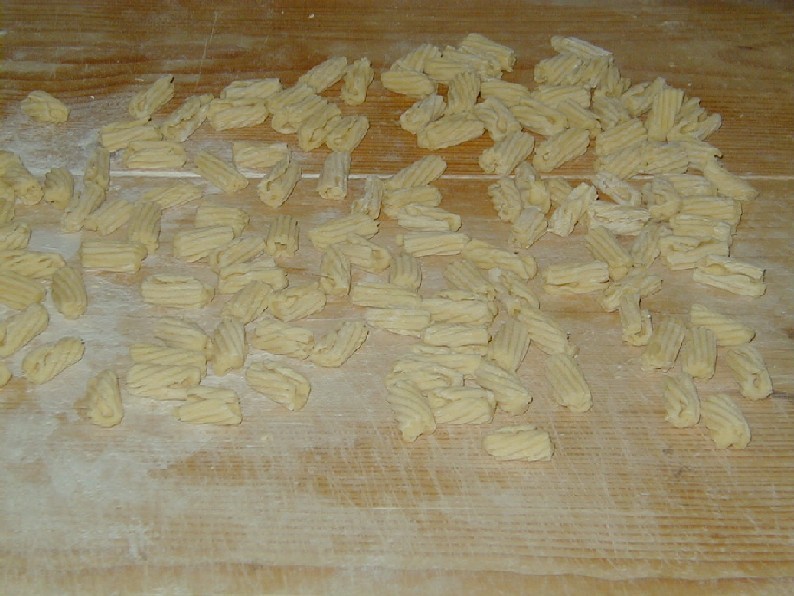
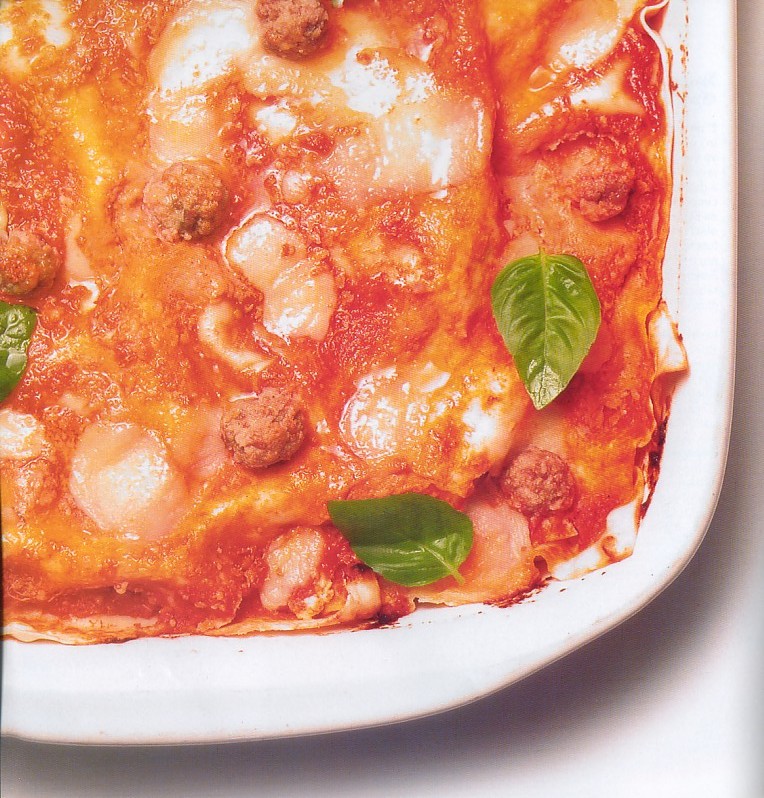
The typical Calabrian cuisine is a prototype of the Mediterranean diet, as a matter of fact it is simple, genuine and healthy but also characterized by strong flavours.
Extra virgin olive oil is the main condiment rich in antioxidant substances and used for all types of dishes; it is rarely replaced by lard.
Pastas which is mostly homemade and always present on our tables may be served with a simple fresh tomato sauce with basil or with ragu sauce of different types.
A traditional dish prepared for religious festivity or special days is the “pasta chijna” (full pasta) based on layers of homemade pasta (lasagne) topped with small fried meatballs, slices of hard-boiled eggs, slices of spicy salami, caciocavallo cheese and grated pecorino cheese (baked).


At times we find pasta or bread combined with minestrone of wild vegetables and herbs, a typical example is the “licurda”, made with potatoes, onions, different kinds of vegetables and herbs and stale bread placed at the bottom of the plate.
Minestroni where legumes are used are very common in our culinary tradition since they replaced meat in the peasant’s diet and they were a tasty one- plate dish, cheap and healthy. The most used are fava beans served as a purea of dry fava beans, very nutrient, either with stale bread or pasta; the beans with pasta or tripe; the peas, lentils and chickpeas combined with pasta.
Among the meats, the pig is undoubtedly the most used meat especially in the Winter Season as a second course dish, but mostly we use the pig to make excellent salami.
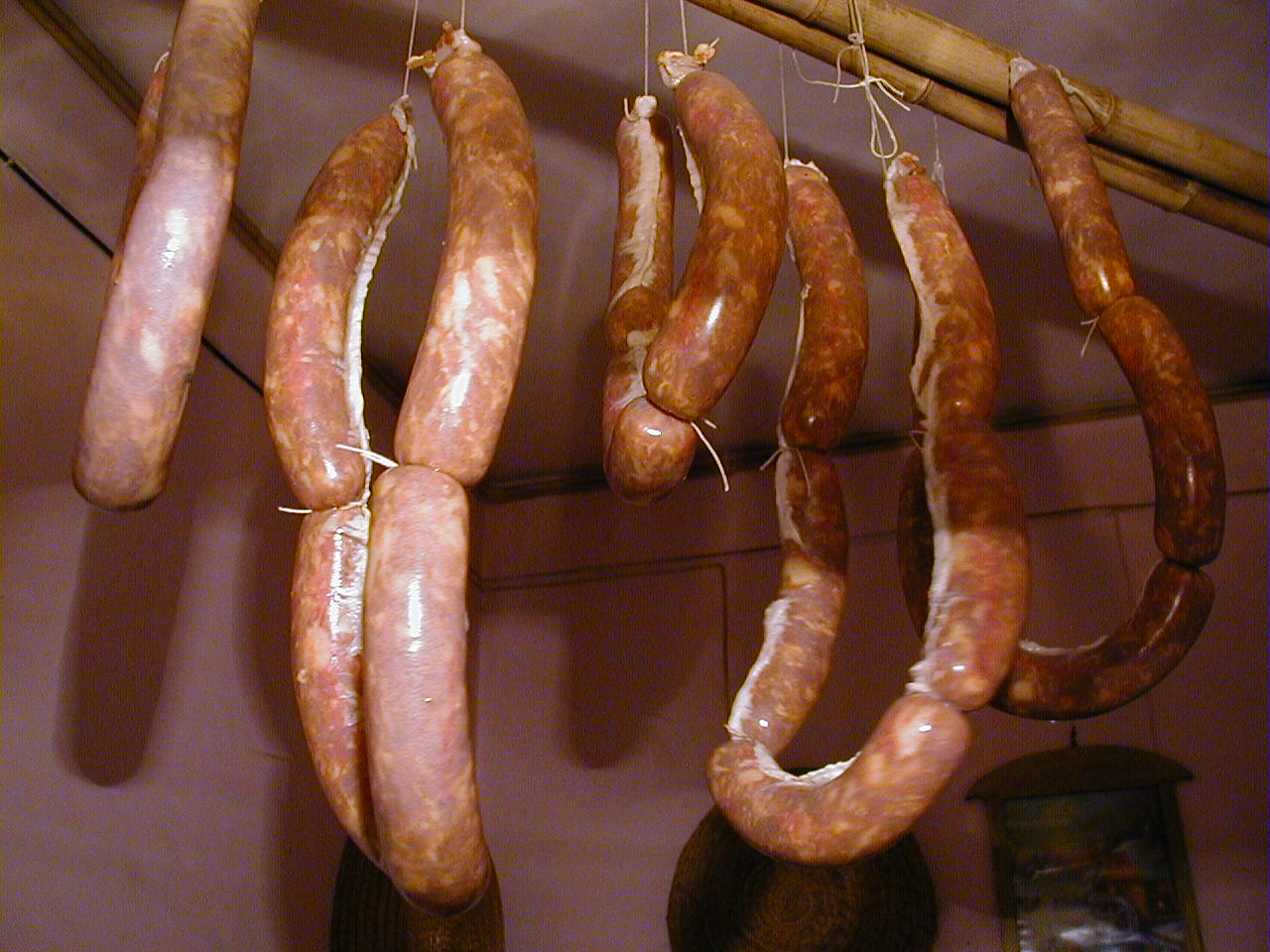
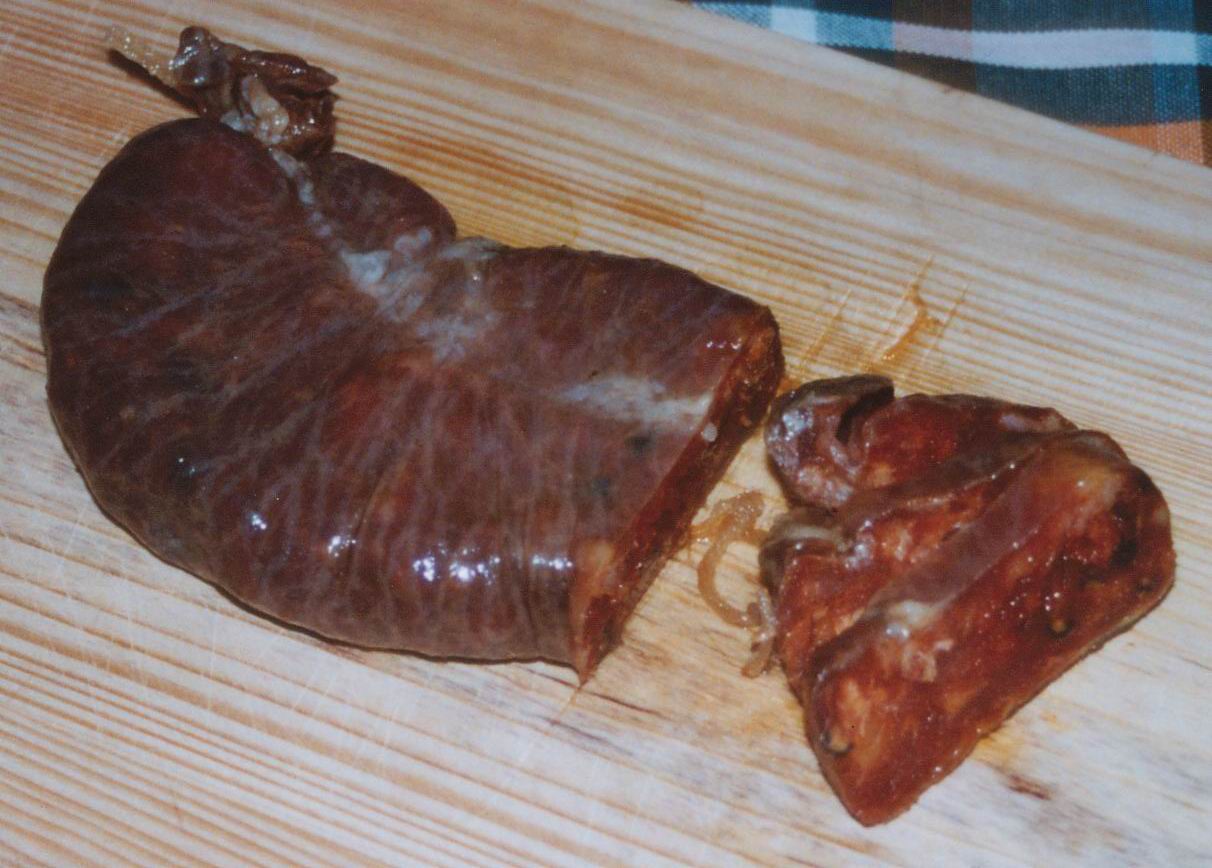
The inland villages and towns often utilize goat, sheep, of which it is used every part and we can find a few dishes made with the animal entrails such as “the morzeddu” (the small bite), typical of Catanzaro province, cooked with tomato, hot pepper and served inside a pita bread and eaten “biting it”. Along the coast we find a large use of fresh fish, cooked in different ways, especially of blue fish rich in fatty acids kown as omega 3 which help to reduce cardiovascular risk. Sword fish is usually grilled and served with a sauce called “salmoriglio” made with extra virgin olive oil, vinegar or lemon, garlic and spicies. Tuna is seasoned with “ la cipollata” (onions), the famous red sweet onions of Tropea. Cod fish, soaked, is the main ingredient of the “ghiotta” (tasty). The baby fish that we call “neonata ”is used to make small fritters or utilized to make a paste known as “rosamarina” with hot red pepper which has been dried and ground ,that we use on tartines or in homemade pizzas.
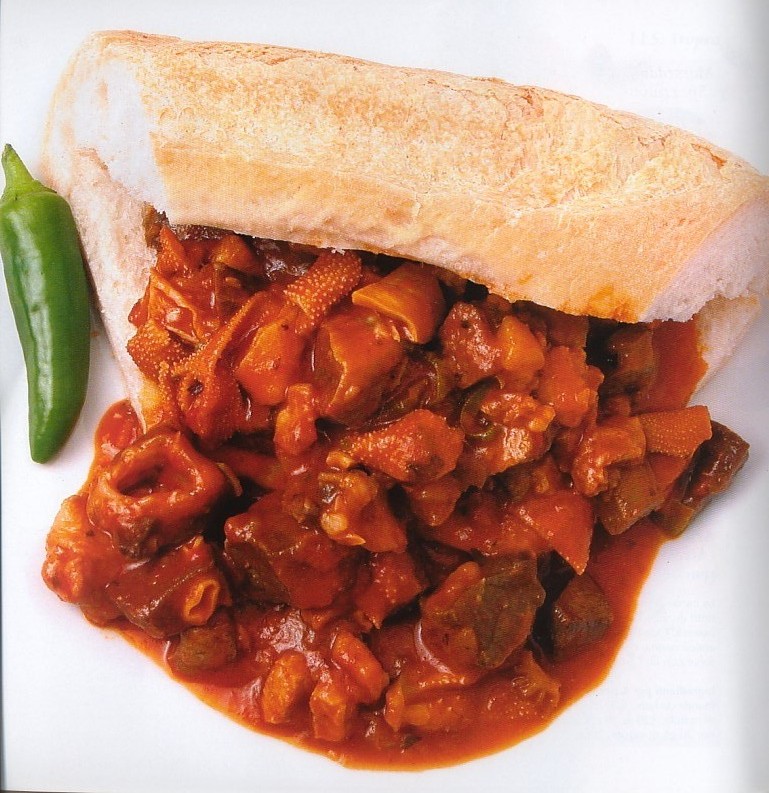
THE MORZEDDU
It is the hot pepper, introduced in our land , probably, by the Saracens and that found good growing conditions here, that is one of the basic ingredient of our culinary tradition, as a matter of fact it is used not only to give flavour to almost every dish but also as the main component for canned food and typical regional salami.
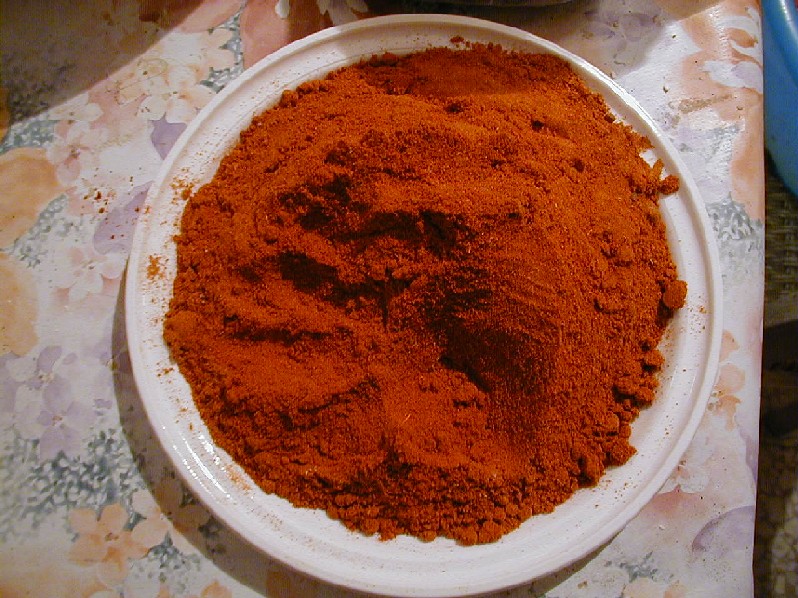
THE HOT PEPPER
Calabria is a region that produces a great variety of cheeses made with cow, sheep and goat milk. Among the first mentioned, we have the caciocavallo cheese produced in the Sila mountains and awarded the DOP quality brand ( protected origin designation); scamorza cheese; provola cheese and the “butirro” which is a caciocavallo with butter inside and made only in the Sila area. Among the cheeses made with sheep milk we have the fresh ricotta cheese, the best known is that sold in the “fashedde”, basket made of wickers, and the smoked one; the pecorino cheese, especially that from Crotons spicy and of a maturing time that goes from three months to one year. From the mixing of the sheep and goat milk we have a cheese from Aspromonte mountains called “Musulupu”, of Albanian origin, produced in the Easter Season utilizing the “musulupare” that are inlaid wooden moulds.
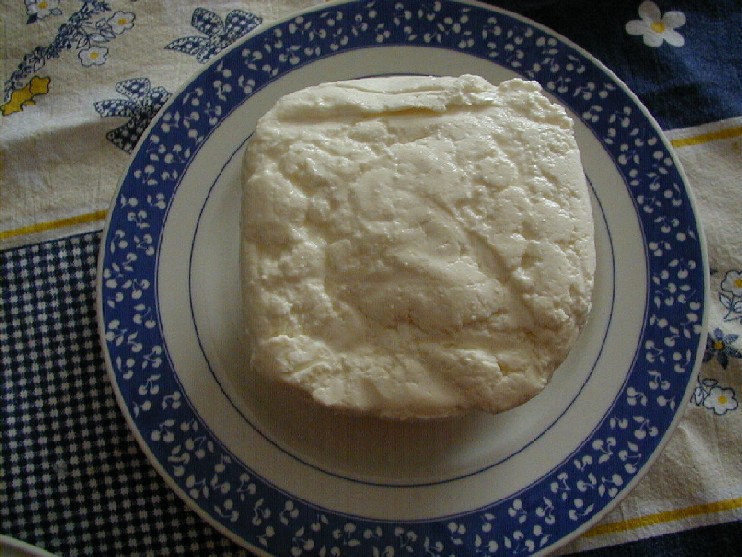
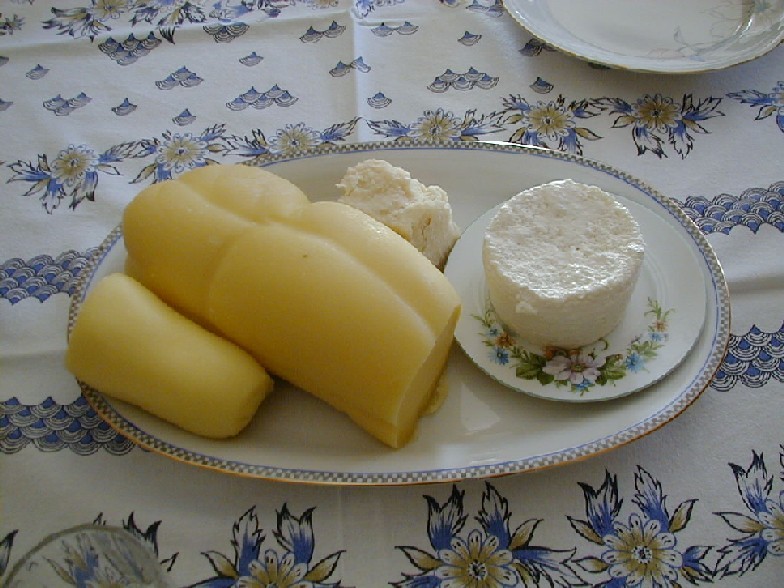
The vegetables that are often served are eggplant, parmigiana style or as balls; fried pumpkin and zucchini; pumpkin stem fritters; potatoes and green peppers; boiled wild vegetables (chicory, asparagus), mushrooms picked in the woods and cooked in different ways ; dried tomatoes that can be stored in oil or used to give flavour to pasta dishes.
Among the fruit we have the citrus, particularly the Clementines of Calabria IGP (typical geographic indication), the chestnuts , the figs especially those from Cosenza which are covered with chocolate or worked with spices and dried fruit (almonds, walnuts) to make the famous “crocette” (cross-shaped) or the “Pallone” (the ball).
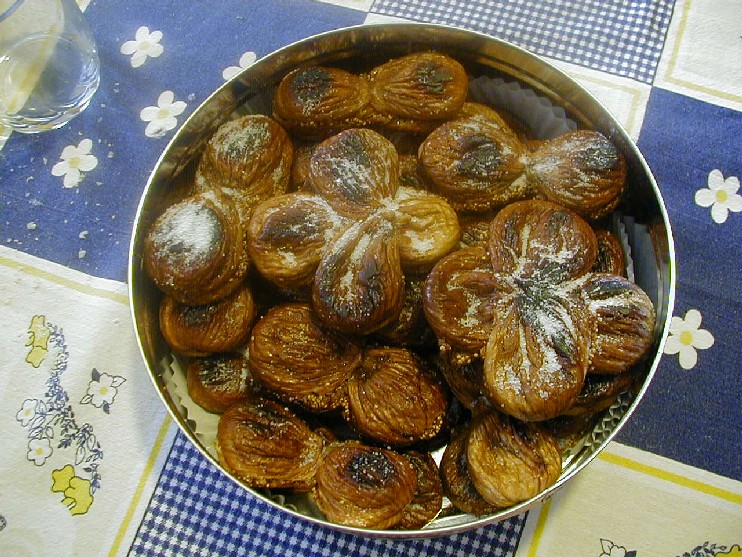
The typical regional sweets, linked to specific days and holidays, are mostly dry and without cream, replaced by ricotta sweetened with honey and flavoured either by a fig compote or dried fruit and candied fruit.The most known are the “mostaccioli” , honey based, which may have different shapes and are sold at patron saint’s day, festivals and fairs. The “cuzzupe, cuzzůghe” and the “nepitelle”, typical of Easter; the “pitta impigliata” and the “chinulille” which are made at Christmas ; the “pignolata” made at Carnival.
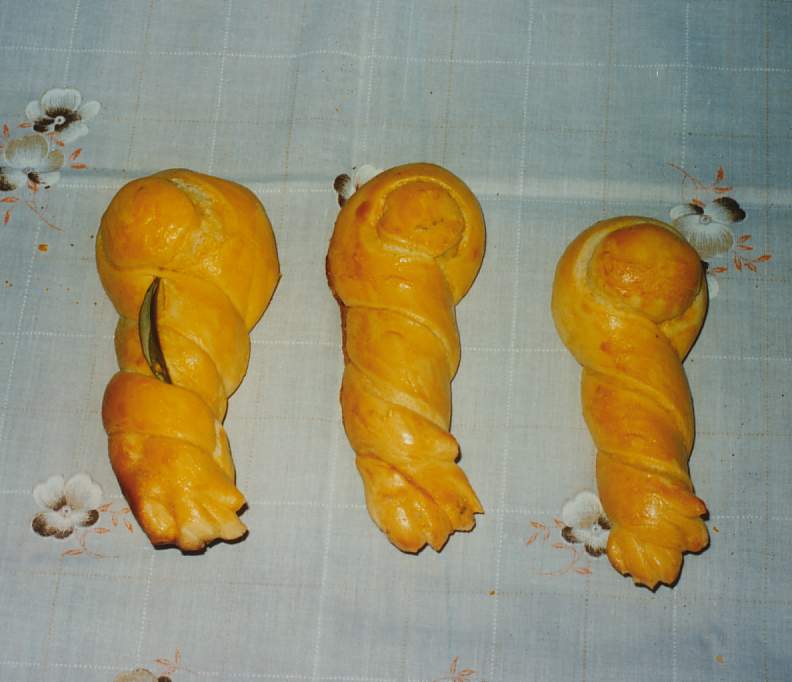
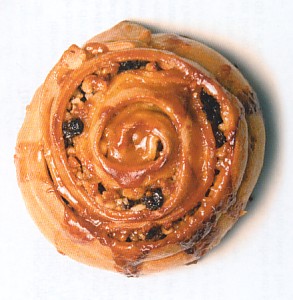
CUZZUPE - CUZZÚGHI PITTA 'MPIGLIATA
On a Calabrian table you can always find a good glass of wine produced in our region, especially the red one. Many types of wine have been awarded the DOC or IGT for their high quality due to the autochthonal grapes cultivated in different areas of Calabria. One of the best wines produced is white and red Cirň wine.
At the end of the meal we usually have a glass of homemade liqueur made with bergamot ,very diffused in the province of Reggio Calabria. It is an extraordinary and prided citrus fruit exclusive of this area and it is thought that it is an hybrid between cedro and bitter orange and lemon. But we also make cedro liqueur , a citrus fruit of a tree cultivated only on the Tyrrhenian coast in the province of Cosenza, and the famous “limoncello” made with lemon.
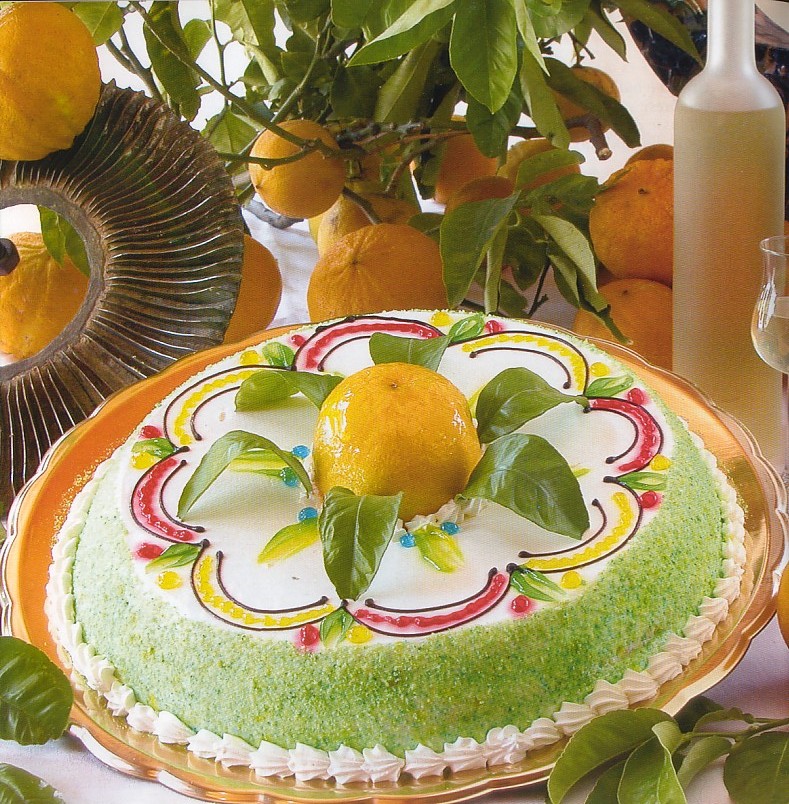
BERGAMOTTO CAKE

Overweight and Obesity in Italy Recipes